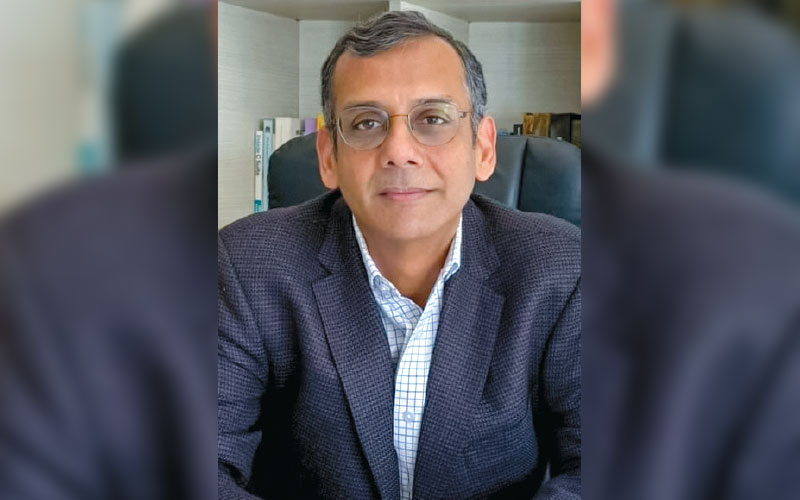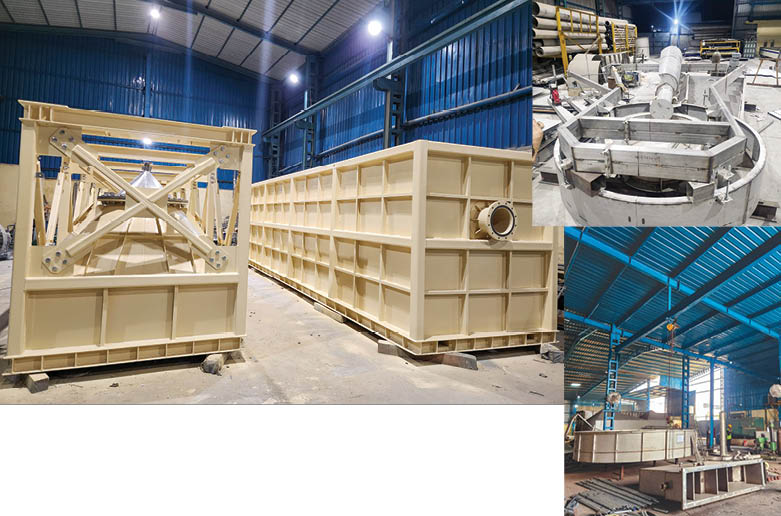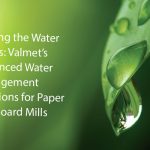Krofta Engineering Limited predicts AI and IoT to play a major role in future in achieving water circularity in paper mills. During an exclusive chat with Paper Mart, Mr. Raghvendra Khaitan, Managing Director, Krofta Engineering Limited, reveals that after installing their complete systems, the clients have been able to save a huge amount spent earlier on wastewater treatment and for buying freshwater. He advises the Indian paper mill owners to install a full-fledged water treatment system, which will allow them flexibility on water reuse.

Paper Mart: How has your understanding or approach to water circularity evolved over time? How are you helping mills move closer to achieving it?
Raghvendra Khaitan: Mills are wanting to reduce their water consumption, but frankly speaking they are unable to do beyond a certain limit. There are many sources of water which emanate into the process and go out as wastewater. They need to be tapped and evaluated for parameters to determine their usability.
PM: How widely are circular water systems (such as ZLD, membrane filtration, biological treatments, or AI-based monitoring) being adopted in paper mills? What adoption trends are you noticing? What are the key challenges your clients face in improving water management or achieving circularity?
RK: Tertiary systems such as membranes and evaporators are proven. This surely needs to be implemented by mills, if they seriously wish to reduce their fresh water consumption. However, independent biological treatment plants at various mills need to be implemented/upgraded as the first step towards achieving this circular water system. As of today, very few mills are adopting these techniques. There is a lack of knowledge and training. Besides, they do not want to invest in capex, in spite of proven technologies.
Watch: In Pursuit of Lesser Water Footprint
PM: Based on your experience, which current technologies are having the greatest real-world impact in improving water circularity in paper mills?
RK: A robust biological treatment followed by technologies like membranes are most commonly used. Their applicability and usage will have the greatest impact in achieving water circularity.
PM: How are environmental regulations influencing demand for circular water systems? Are you seeing more compliance-driven innovation?
RK: Environmental regulations are surely a part in influencing demand, but at the same time, the quest for compliance has to come from top level management, without which the implementation of water circularity will not happen. AI-based innovation is definitely very good and unique. It will be a good factor in the future for optimising chemical and water flows.

PM: Can you share examples of cost or efficiency gains achieved by mills using your systems for water recycling or zero liquid discharge (ZLD)?
RK: Many of our clients have realised the impact of water savings, because they now spend less money on wastewater treatment and on the other side, they also pay less for reduced fresh water consumption. Their sludge disposal cost has also reduced after installing our dewatering systems, especially after implementing alternate use of sludge.
PM: How do you co-create solutions with mills? Are there examples of partnerships that lead to better water management outcomes?
RK: Solutions can only be achieved by doing plant audits. We study their existing systems and share some suggestions and improvements at their end, which gives them confidence in our ability to understand their requirements and give a tailor-made solution. It isn’t one-fit-for-all.
Also Read: Closing the Water Loops: Valmet’s Advanced Water Management Solutions for Paper and Board Mills
PM: Looking ahead, which emerging technologies or innovation models (such as digital twins, decentralized systems, or AI/IoT platforms) could radically improve water circularity in the next 5-10 years?
RK: AI/IoT will surely play a major role in the coming years. This will help mills and even suppliers to get better offerings. Decentralised systems for treatment is surely required and each mill will have to have their own full-fledged treatment system, which will allow them flexibility on their water reuse. For sure, the next war will be on water and we all have to realise it soon.

Decentralised systems for treatment is surely required and each mill will have to have their own full-fledged treatment system, which will allow them flexibility on their water reuse.



